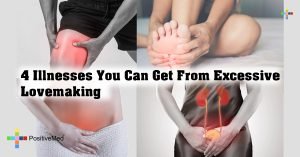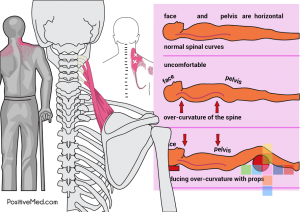As the holidays peep out from just around the corner, you’re likely already making travel plans. Whether you’re one of the 50 million people traveling this Thanksgiving according to AAA, mostly by car, or simply planning a family get together in December, don’t miss these 8 expert tips and best practices for avoiding common road trip aches and pains.

Road Trips
Why does traveling in the car for extended periods of time do quite the number on your neck and back? It’s not your age but your posture that might be to blame. Spinal compression from sitting, especially in the lumbar region (lower back), combined with staring down at phones and devices when biding your time as a passenger can result in muscle tension that leaves you wincing and regretting your long trip. What can you do?
Get out and stretch. Stopping for gas or food? Even if you’re not running in to buy something or use the restroom, still get out of the car and stretch your back, arms, and legs. Walk around for to get blood circulating and take deep, lung-filling breaths for a few minutes.
Related Link: 7 Stretches in 7 Minutes to Eliminate Back Pain
Avoid crossing your legs. Crossing your legs while sitting can cut off blood flow to critical parts of your legs as well as shift your hips into an unbalanced position. The prolonged crossing of legs has been linked to spider veins in women’s legs, and pelvic imbalance can lead to hip, back, and leg pain even after you’ve been out of the car for a while.
Use supports. Don’t wake up from a quick car nap to searing neck pain or a sore back. Lumbar car supports sit behind you and help to support the natural inward curve of your lower back. Half-moon shaped neck pills can help provide alignment and support to your neck when resting your eyes on a road trip too, and seat cushions might provide extra padding and weight distribution for your bottom and coccyx area.
Don’t overstuff your foot space. So often when you run out of room for luggage in the trunk, you’ll stuff bags at your feet – your purse, snacks, a pillow, etc. With little room to move your feet, you might end up crossing your legs or sitting shifted to one side. Prolonged awkward body positions like these will have you reaching for pain medicine later. Avoid overstuffing your sitting area by utilizing hidden spaces like those under seats and in seatback pockets.
Keep snacks handy. While you’re thinking about packing, be smart about where you place snacks. Awkward twisting, yanking, and rotating from the front seat to grab snacks or drinks out of a cooler in the back is both dangerous to your distracted driver as well as your back, and can cause unwanted muscle strain and spasms.
Keep your eyes on the road. If carsickness seems to creep up on you on road trips, make sure to do what you can to prevent nausea and stomach aching this year. Avoid looking at your phone or reading without regularly looking out the window. Matching your body’s perception of forwarding movement with visual cues helps to keep you from feeling sick. And don’t forget to keep anti-nausea medicine on hand like small Pepto tabs in your purse just in case.
Drink lots of water. If your go-to road trip beverage is 4 or 5 cups of coffee or sugar-rich drinks, you might be staring down a headache (or stomach ache) by the afternoon. Drinking water regularly can help you stay alert, attentive, and refreshed, as well as satiated so you aren’t craving junk food on the road. Make sure to keep lots of water bottles within reach on your road trip, or buy a gallon bottle to refill your own reusable water bottles when you make pit stops.
Bring relief with you. Where room allows, stash that heating pad or muscle relief cream in your bag, or an ice pack in the cooler, so when you do finally get to the hotel, you can naturally address aches and pains and potentially avoid taking more pain relievers. Icing stiff joints and sore muscles followed by a quick session with a heating pad can temporarily stop the pain, relieve inflammation, and loosen connective tissues up to make it easier to stretch and even exercise.
No matter where your holiday travel plans take you this year, when you travel for long distances by car, be smart about protecting your body from unnecessary aches and pains. Preventative steps like packing smart, using a back support cushion or neck pillow, and stretching regularly can make all the difference in helping you truly enjoy your holiday time with friends and family.







